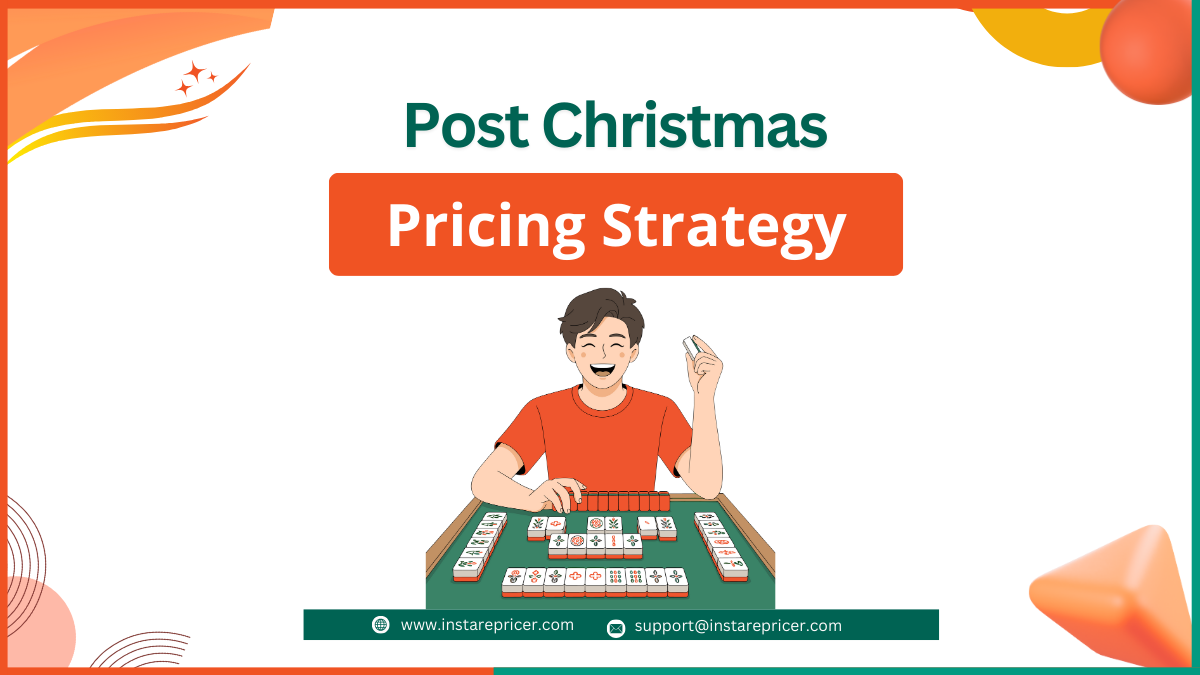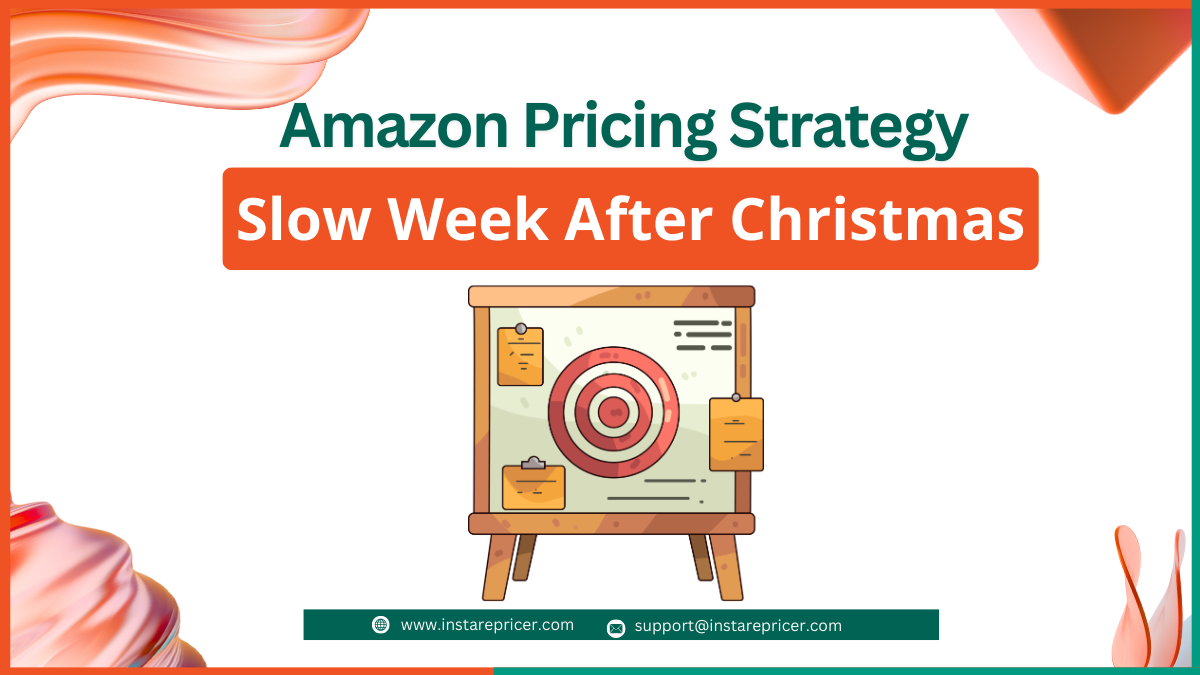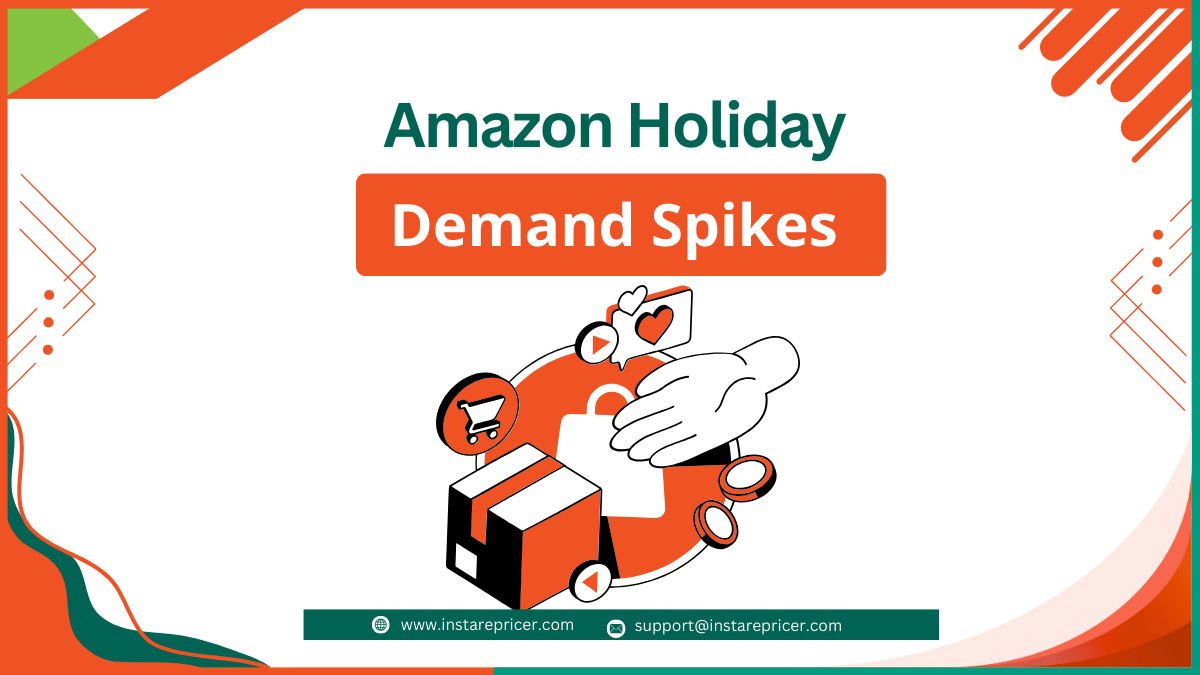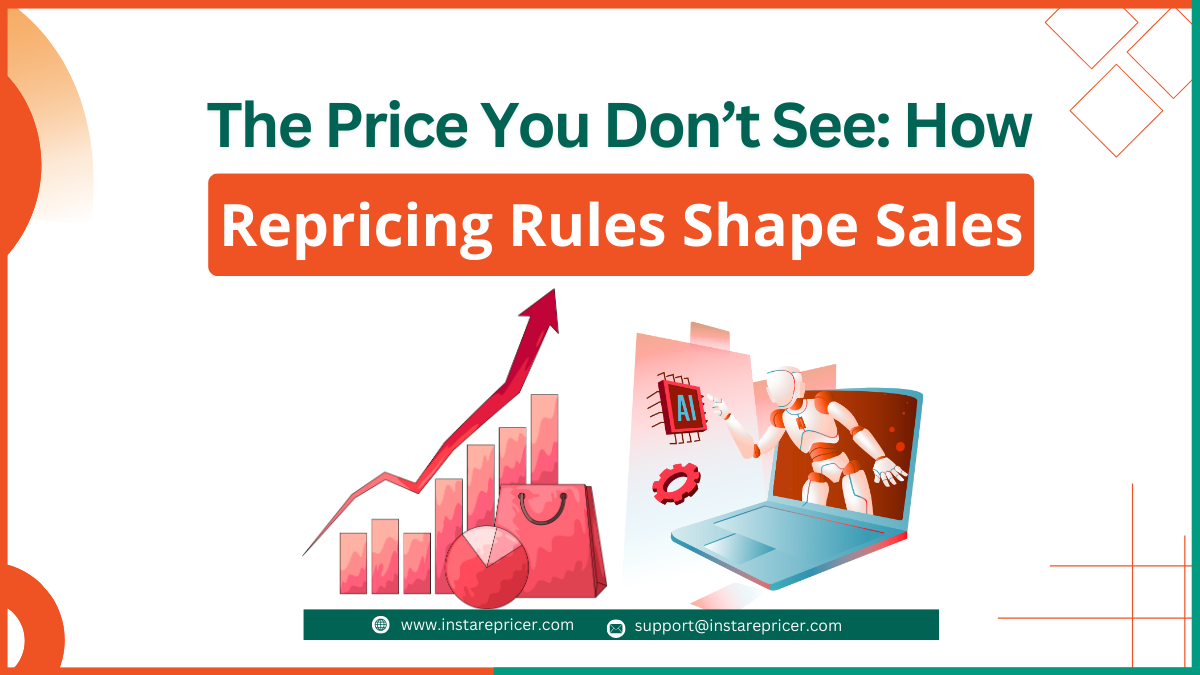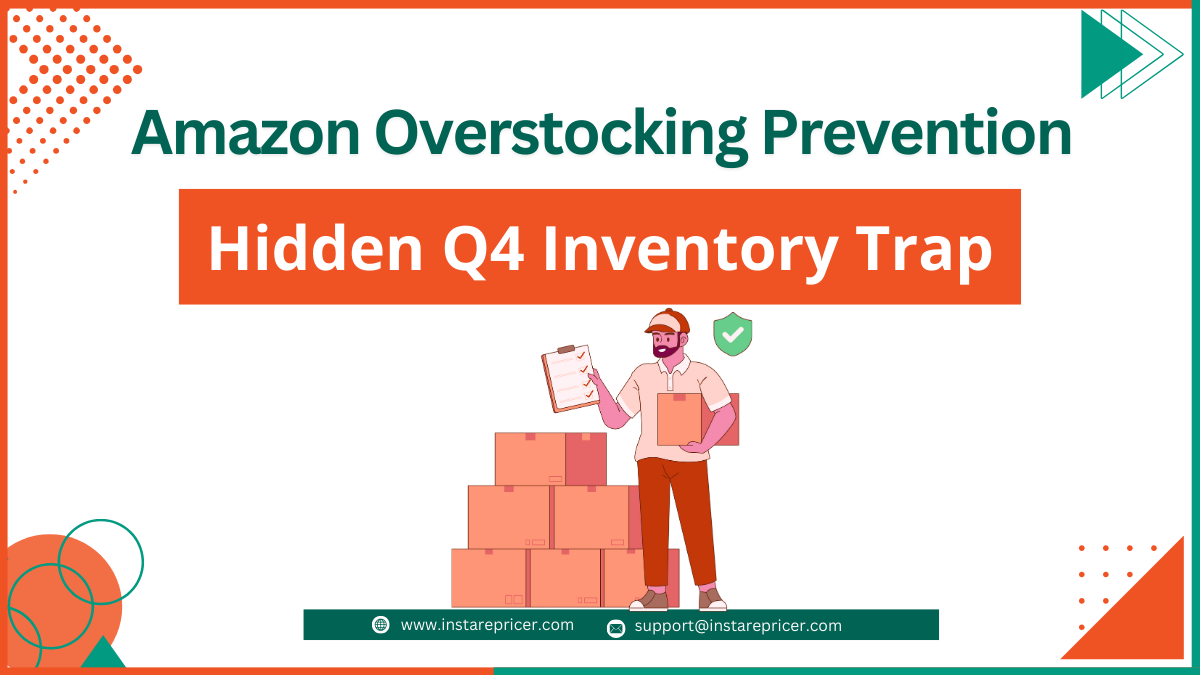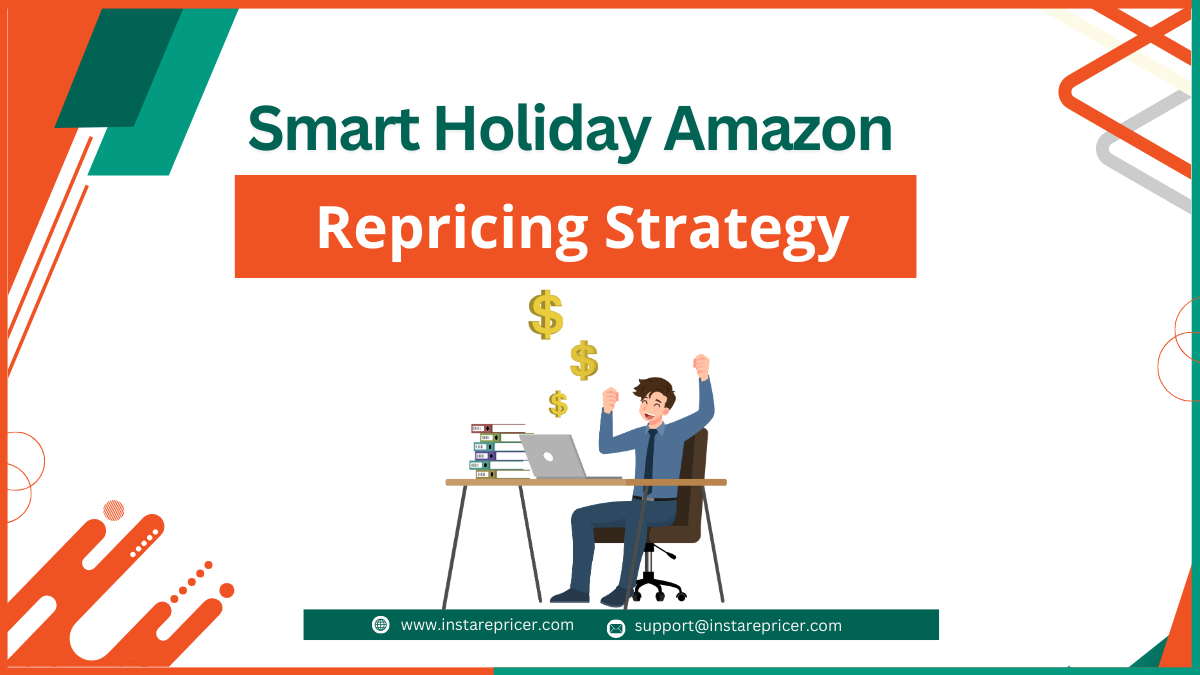When it comes to selling on Amazon, businesses have two primary options: Vendor Central and Seller Central. Understanding the differences between these two platforms is crucial for developing an effective Amazon sales strategy. This comprehensive guide will help you decide which platform is best suited for your business needs.
What is Amazon Vendor Central?

As a vendor, you sell your products in bulk to Amazon at wholesale prices, and Amazon takes care of the rest.
Amazon Vendor Central is an invite-only platform where businesses operate as first-party sellers, supplying products directly to Amazon. As a vendor, you sell your products in bulk to Amazon at wholesale prices, and Amazon takes care of the rest, including pricing, customer service, and logistics.
Advantages of Vendor Central
- Brand Credibility: Products sold through Vendor Central are marked as “Ships from and sold by Amazon,” which can enhance consumer trust and brand credibility.
- Marketing Opportunities: Vendors have access to advanced marketing tools, such as A+ Content, Amazon Vine, and enhanced brand content.
- Streamlined Logistics: Amazon handles all logistics, including shipping, returns, and customer service, reducing the burden on your business.
Disadvantages of Vendor Central
- Pricing Control: Amazon sets the prices for your products, which can impact your profit margins.
- Inventory Management: You must maintain a steady inventory to meet Amazon’s purchase orders, which can be challenging for smaller businesses.
- Less Flexibility: The invite-only nature of Vendor Central means it is not accessible to all sellers.
What is Amazon Seller Central?

Selling directly to consumers on the Amazon marketplace
Amazon Seller Central is a platform where businesses operate as third-party sellers, selling directly to consumers on the Amazon marketplace. Sellers can choose between Fulfillment by Amazon (FBA) or Fulfillment by Merchant (FBM) to manage their orders.
Advantages of Seller Central
- Pricing Control: Sellers have complete control over the pricing of their products, allowing for better profit margins.
- Greater Flexibility: Seller Central is open to all businesses, regardless of size, making it a more accessible option.
- Various Fulfillment Options: Sellers can choose to handle their own fulfillment (FBM) or use Amazon’s logistics network (FBA) for more convenience.
Disadvantages of Seller Central
- Logistics Management: Sellers using FBM must handle their own shipping, returns, and customer service, which can be time-consuming.
- Competition: The Amazon marketplace is highly competitive, and sellers must constantly optimize their listings and strategies to stay ahead.
- Limited Marketing Tools: Compared to Vendor Central, Seller Central offers fewer advanced marketing tools.
Vendor Central vs. Seller Central: Which is Right for Your Business?
Choosing between Vendor Central and Seller Central depends on your business goals, resources, and capabilities. Here are some factors to consider:
- Control vs. Convenience: If you prefer having control over pricing and product listings, Seller Central is the better choice. However, if you want a hands-off approach with logistics handled by Amazon, Vendor Central might be more suitable.
- Business Size and Inventory: Smaller businesses or those with limited inventory might find Seller Central more manageable. In contrast, larger businesses with the ability to meet Amazon’s purchase orders might benefit from the advantages of Vendor Central.
- Marketing Needs: If advanced marketing tools and brand credibility are important to your strategy, Vendor Central offers more opportunities. For those who prefer flexibility and control, Seller Central provides ample tools to succeed.
Why It Is Important to Use Repricer for Amazon
Conclusion
Understanding the key differences between Amazon’s Vendor Central and Seller Central is essential for making an informed decision about your Amazon sales strategy. Both platforms offer unique advantages and disadvantages, so carefully consider your business needs and goals before choosing the right one for you. By leveraging the strengths of each platform, you can maximize your success on the Amazon marketplace.


